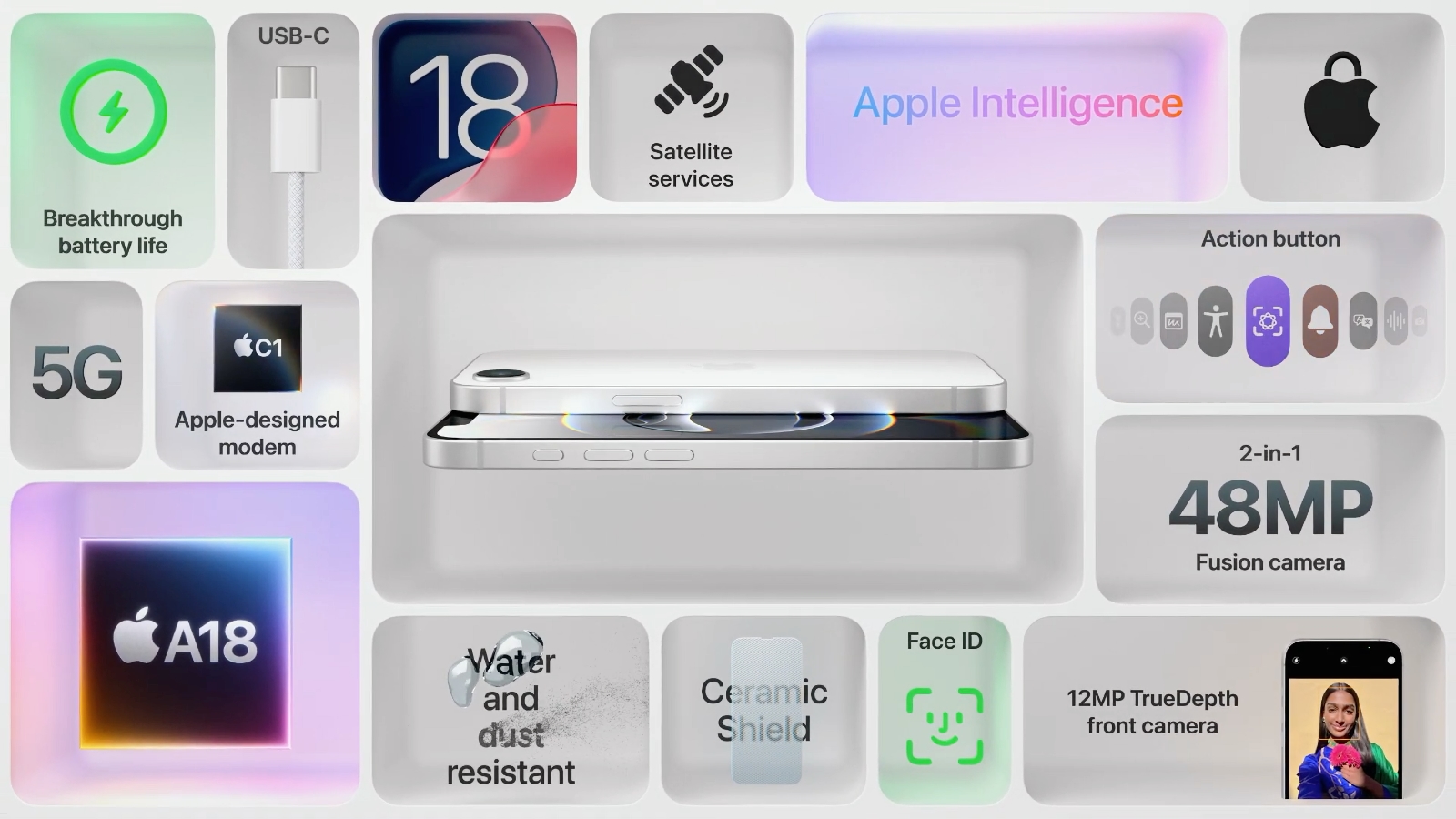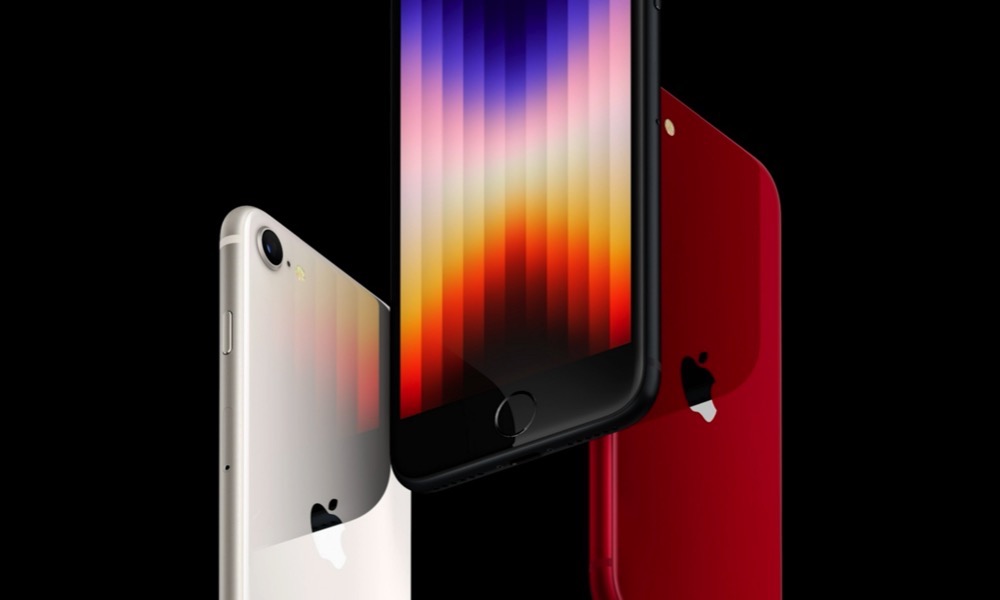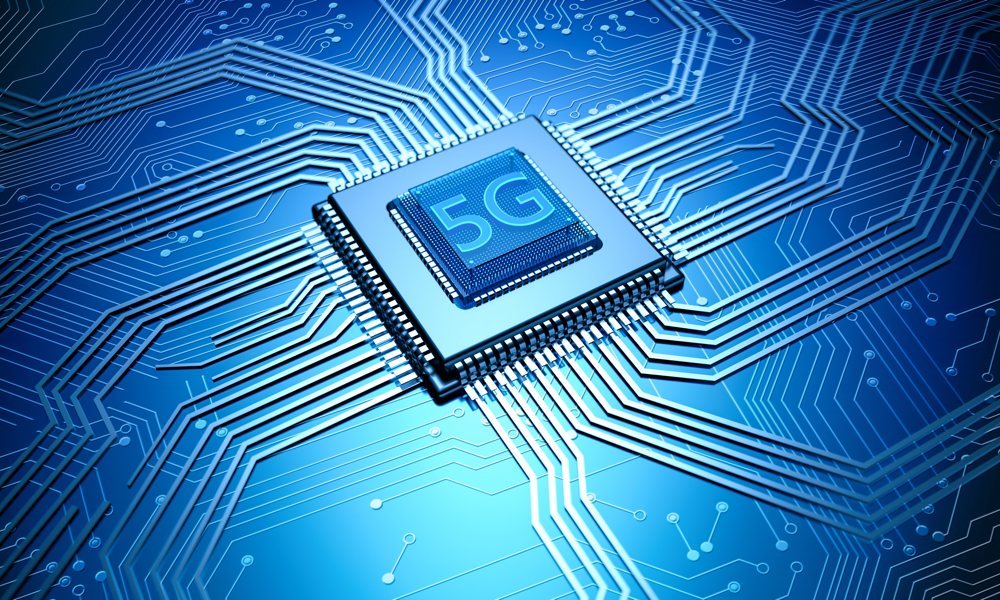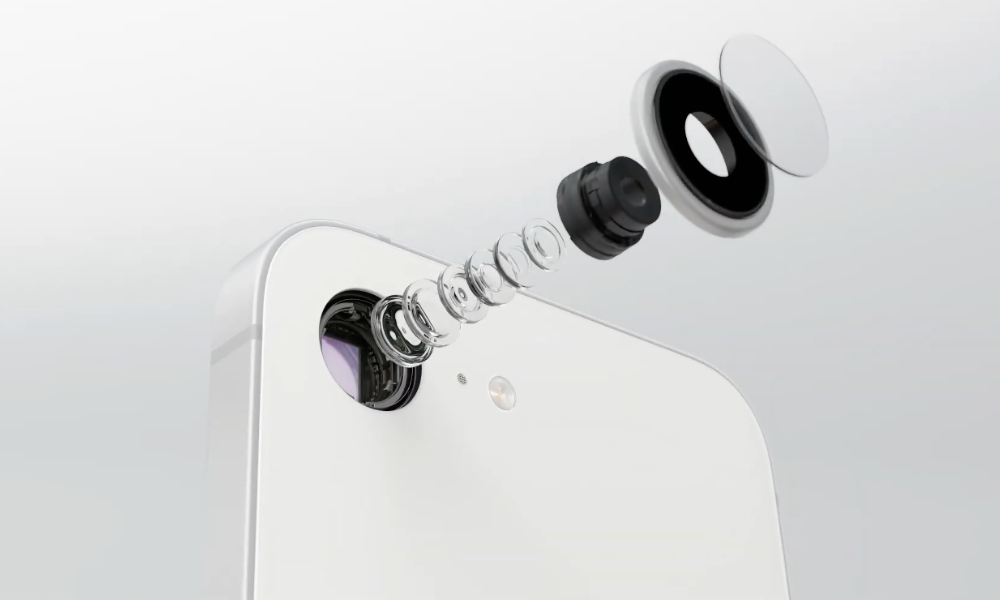No, Apple’s New C1 Chip Is Not the Reason the iPhone 16e Lacks MagSafe

Toggle Dark Mode
One of the biggest surprises in this week’s launch of the iPhone 16e wasn’t merely the name — we’d already heard rumors of that over the past several weeks, even if we were a bit skeptical of them — but rather Apple’s decision to leave so much out of what is now effectively the newest member of the iPhone 16 family.
While the iPhone 16e is still, in some ways, a successor to the 2022 iPhone SE, it’s much closer to the iPhone 16 than it was to that older model. However, it still reflects its budget heritage in a few other strange ways — despite the $120 price increase over the same capacity SE model.
The iPhone 16e loosely follows the same pattern as prior SE models by adopting a 2.5-year-old design — the iPhone 14 in this case — but this time around, Apple has upgraded some key specs. The 2016 and 2022 iPhone SE models were identical to their 2013 iPhone 5s and 2017 iPhone 8 inspirations in every way but for the chip inside. The iPhone 16e is more of a hybrid that straddles the world of the iPhone 14 and iPhone 16 — while still throwing some weird SE heritage into the mix.
The result is a strange, hybrid device. It earns its place in the iPhone 16 family primary through the A18 chip with support for Apple Intelligence while also adopting the same 48MP Fusion camera used as the iPhone 16’s primary, plus the Action button and USB-C. However, those four things are where the similarity to the rest of the iPhone 16 lineup ends.
The iPhone 16e features the same OLED panel as the iPhone 14 — notch and all — and matches its dimensions precisely. iPhone 14 cases will fit the iPhone 16e nicely, although the camera cutout will be larger than needed, and the Action button could make things awkward, depending on how those cases handle the iPhone 14’s ring/silent switch.
However, there are a few other odd things about the iPhone 16e that are drawn from the 2022 iPhone SE, placing it behind even the iPhone 14.
Chief among these? The lack of MagSafe. No iPhone SE model ever had MagSafe, but it’s otherwise been a staple of Apple’s iPhone lineup since it debuted on the iPhone 12 in late 2020.
The lack of MagSafe on the iPhone SE was easily explicable: not only did it follow the design of the non-MagSafe-equipped iPhone 8, but the last design refresh came out several months before the iPhone 12. We were mildly disappointed when the 2022 iPhone SE 3 didn’t get MagSafe, but we also weren’t surprised as Apple changed nothing about the design — it merely added the latest A15 chip and a 5G modem.
The iPhone SE had the same 7.5W Qi charging that Apple introduced with the iPhone 8 in 2017 — another reason it seemed perfectly logical to exclude MagSafe. That was tolerable on an iPhone with an old design that started at $429, but it feels preposterous on a $599 iPhone that purports to be part of the iPhone 16 family — with a design and a name to match.
People are going to logically expect the iPhone 16e to support MagSafe. After all, it looks like an iPhone that should support MagSafe.
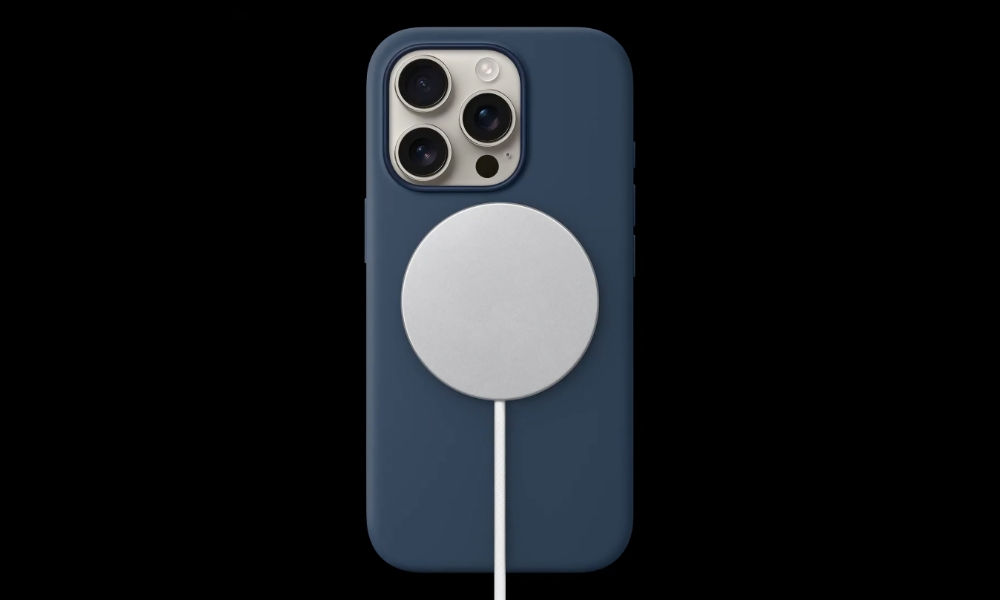
No sooner was the iPhone 16e announced yesterday than Apple apologists began suggesting that maybe there was a logical, secret reason why Apple had to leave MagSafe out of the equation. It couldn’t possibly be a cost-cutting measure, fans reasoned — there had to be some reason why it simply wasn’t possible.
Many immediately pointed to Apple’s new C1 modem chip. After at least six years of development, Apple finally debuted its first in-house 5G modem in what is now the lowest-cost iPhone model. Analysts like Ming-Chi Kuo predicted in early 2023 that the iPhone SE would be the proving ground for Apple’s new 5G modem chip, but at the time, folks were still expecting a next-gen iPhone SE rather than an iPhone 16e.
The theory went that maybe Apple’s new 5G modem chip can’t handle magnets. Rumors even started swirling among case makers, some of whom told us that they would be testing their cases to determine if they’d have to exclude MagSafe from them.
As someone with a background in engineering who has researched 5G technology extensively, this sounded like balderdash from the start. While there’s a theoretical ability for magnetic fields to affect 5G antennas (not the chip, to be clear, but the antenna array), it’s a problem that any first-year engineering student should be able to solve. I’m not an RF engineer, but several folks I know who are concurred with that assessment. One even told me outright that it would be absurd for Apple to spend six years working on a 5G modem that can’t handle magnets. If that were true, somebody needs to be fired.
Unsurprisingly, Apple put a rest to those theories earlier today in a statement to MacWorld:
Apple has confirmed to Macworld that the C1 modem is not responsible for the decision to leave MagSafe charging off the new iPhone 16e.
It’s understandable how Apple fans want to believe that the company wouldn’t make such a strange decision as omitting MagSafe without some technical reason. I want to think so, too, but I’ve been following Apple for 20 years — more than long enough to understand that the company often makes seemingly capricious decisions for the most fundamental reason of all: money.
The iPhone 16e has an arguably disappointing price increase over the iPhone SE 3, but there’s a lot of new technology packed in here. After all, until yesterday, Apple was selling the 2022 iPhone 14 for the same price, and the iPhone 16e is an upgrade over that older model in two of the most expensive components: the processor and the camera.
Apple may be using “binned” A18 chips with one less GPU core, but those still cost money to produce, and the 48MP Fusion camera is so costly that Apple had to cut corners by removing the sensor-shift optical image stabilization (OIS) that’s been a standard camera feature since the 2021 iPhone 13.
There could still be other technical reasons for omitting the MagSafe coil. Perhaps Apple wanted the space inside for something else, like a larger battery. However, it’s more likely Apple just decided this wasn’t something its lowest-cost iPhone needed, especially in a world where folks can now easily add a MagSafe case if they want to attach it to a charger, stand, or dock that way.
After all, even with the advent of Qi2, Android makers haven’t been eager to take up magnetic charging. Samsung just released its entire Galaxy S25 lineup, including the pricey S25 Ultra, with Qi2 support that requires users to add a case. It seems like MagSafe-style charging will remain an iPhone-exclusive feature for the foreseeable future.
The more disappointing aspect of this isn’t solely the lack of magnetic attachment; it’s the fact that the 7.5W wireless charging speeds seem glacial compared to the rest of the lineup. Still, even this needs to be put in perspective: Google’s Pixel 8a fits into the same space in the Pixel family as the iPhone 16e now occupies in the iPhone world, and it’s also limited to 7.5W Qi charging with no magnetic attachment (unless you add a case, of course).
Anyway, the good news from this finding is that since the C1 chip is not the reason Apple left MagSafe out of the iPhone 16e, it also means you’re free to use a magnetic case of your choice. That will at least let you dock the iPhone 16e to charging stands and ensure proper alignment, even if you’ll only get half-speed wireless charging compared to the rest of Apple’s iPhone lineup.


